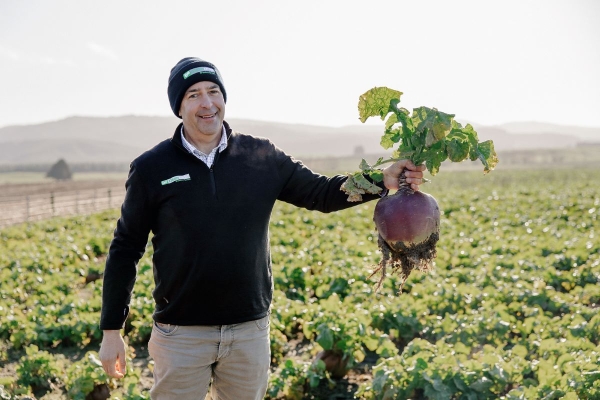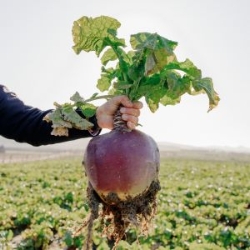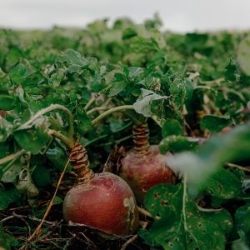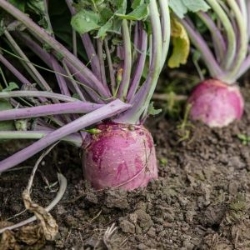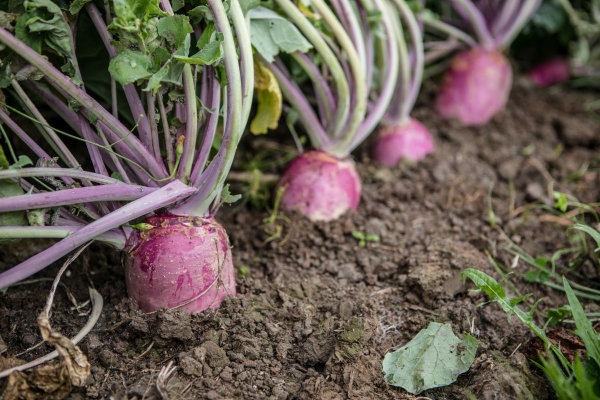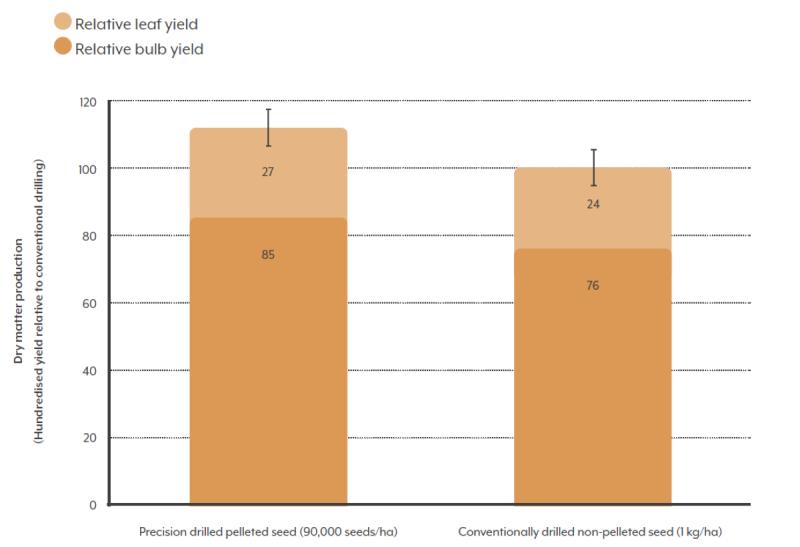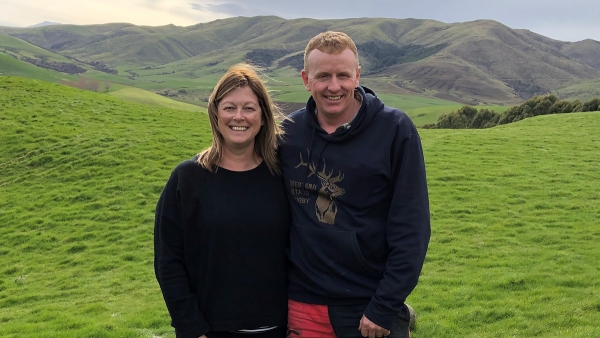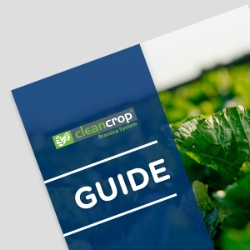Ultrastrike® Pelleted Swede Seed
Focus on better outcomes.
With a weighted build-up coating (pellet), Ultrastrike® pelleted swede seed can be sown
using precision drills. Yield is maximised through the even distribution of seed, sown at the correct rate and depth, that allows bulbs to grow more consistently and be protected from sun exposure or being eaten by birds or pests. Pelletised swede seed now includes phosphate in the seed pellet to aid in establishment and growth.
Ultrastrike® pelleted swede has an optimum sowing rate of 90,000 seeds/ha or 22 cm seed spacing in 50 cm rows. The size specification for pelleted swede seed is 3.25-4.00 mm.
Key benefits
- Maximum bulb yield through evenly- distributed sowing
- Highly cost-effective outputs
- Easy to sow (one bucket/ha)
- Contains trace element molybdenum for enhanced growth
Germination
Ultrastrike® seed treatment
Pest and disease protection
Ultrastrike® pelleted seed also contains a systemic insecticide and two contact fungicides to provide critical insect and disease protection during establishment.
Seedling diseases
- Pythium
- Fusarium
- Rhizoctonia
Insect pests
- Springtails
- Aphids
- Argentine Stem Weevil
- Nysius
Trial results
A trial evaluating precision planting of Cleancrop™ Hawkestone pelleted swede (90,000 seeds/ha) versus conventional sowing (1 kg/ha) was established in Oxford, Canterbury on 17 November 2018. Prior to grazing on 20 May 2019 (184 days after sowing), yield assessments demonstrated that precision-sown pelleted seed provided a significant 12% increase in yield relative to conventional sowing.
It's what's on the outside that counts
Where: Ohai, Southland
Farm type: Sheep, beef and dairy support
Who: Paul and Wendy Stirling
Paul and Wendy Stirling operate Wether Hill farm in Ohai, Southland. Traditionally, they use swedes and kale as a source of winter feed, growing 75ha in total. In addition, they often incorporate 5ha of fodder beet into the cropping rotation.
In the past, their swede crops had achieved a 10-12 tonne yield. However, they made the decision to precision drill their swede crops after discussions with their contractor and local retailer representative about trying to increase the yield in the 2017 spring season. They chose the Cleancrop™ Brassica System (Hawkestone pelleted swede) and they increased their yield dramatically. Specifically, they had a 19,000 kgDM/ha crop, established for $1,400/ha, ultimately providing feed for just 7c/kgDM! Paul says, along with the large even bulb size, he is also impressed with how quick the pelleted seed germinates and gets out of the ground compared to traditional seed.
In terms of paddock preparation and crop maintenance, they plough, heavy roll, then apply lime at 2.5 tonne/ha and 300 kgs of superphosphate that is worked in with discs and harrows before precision drilling. More fertiliser is broadcast on afterwards, typically a DAP Boron mix (250 kgs/ha) followed by dressing of urea at canopy closure.
Paul says he gets great payback on the extra investment of precision sowing. The Stirlings have been grazing R1s and hoggets on the Cleancrop™ Hawkestone pelleted swede and have noticed how palatable the stock find it, and their performance has been good too. The Stirlings’ experience proves the potential to lift yields significantly far outweighs any extra cost or effort involved.

